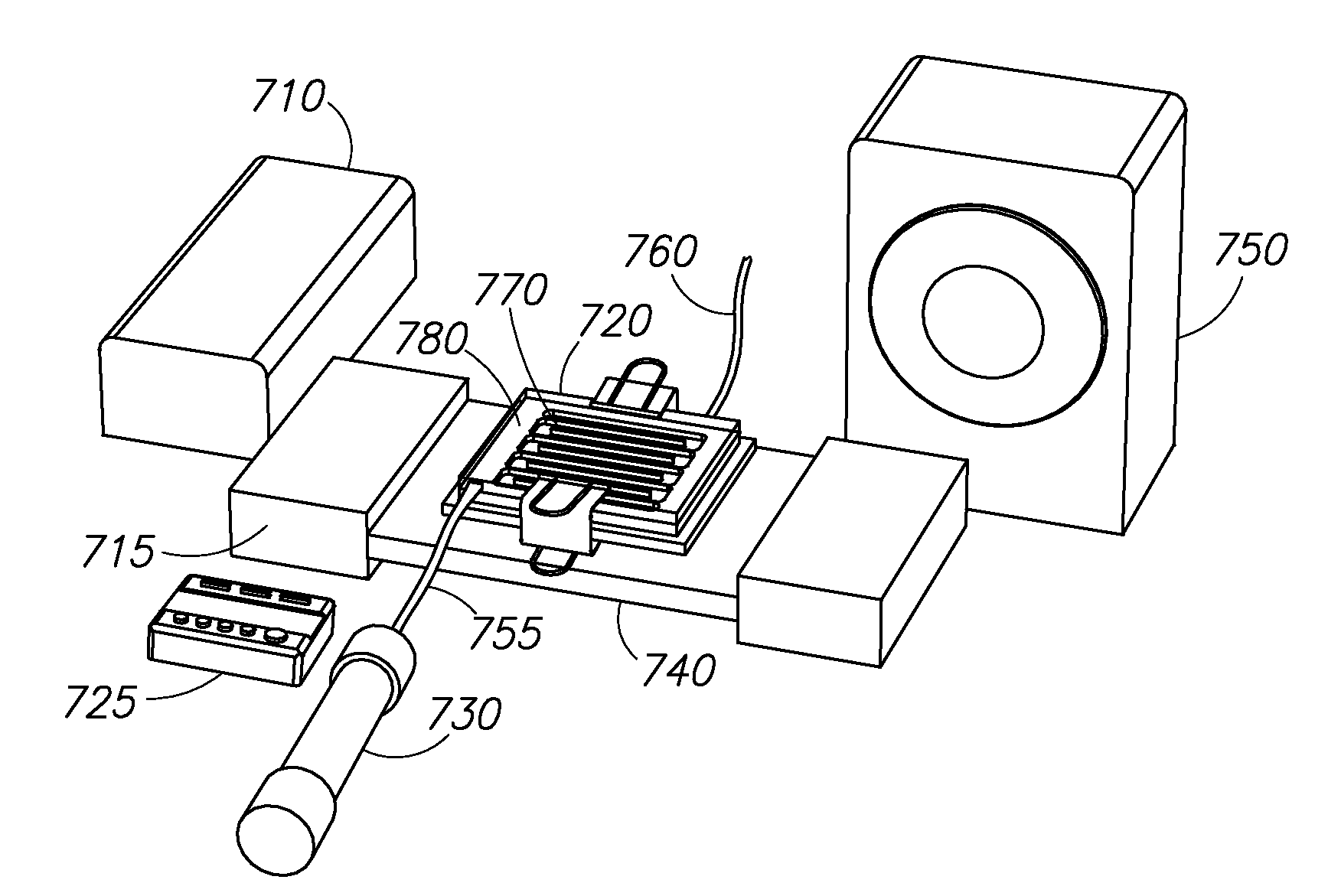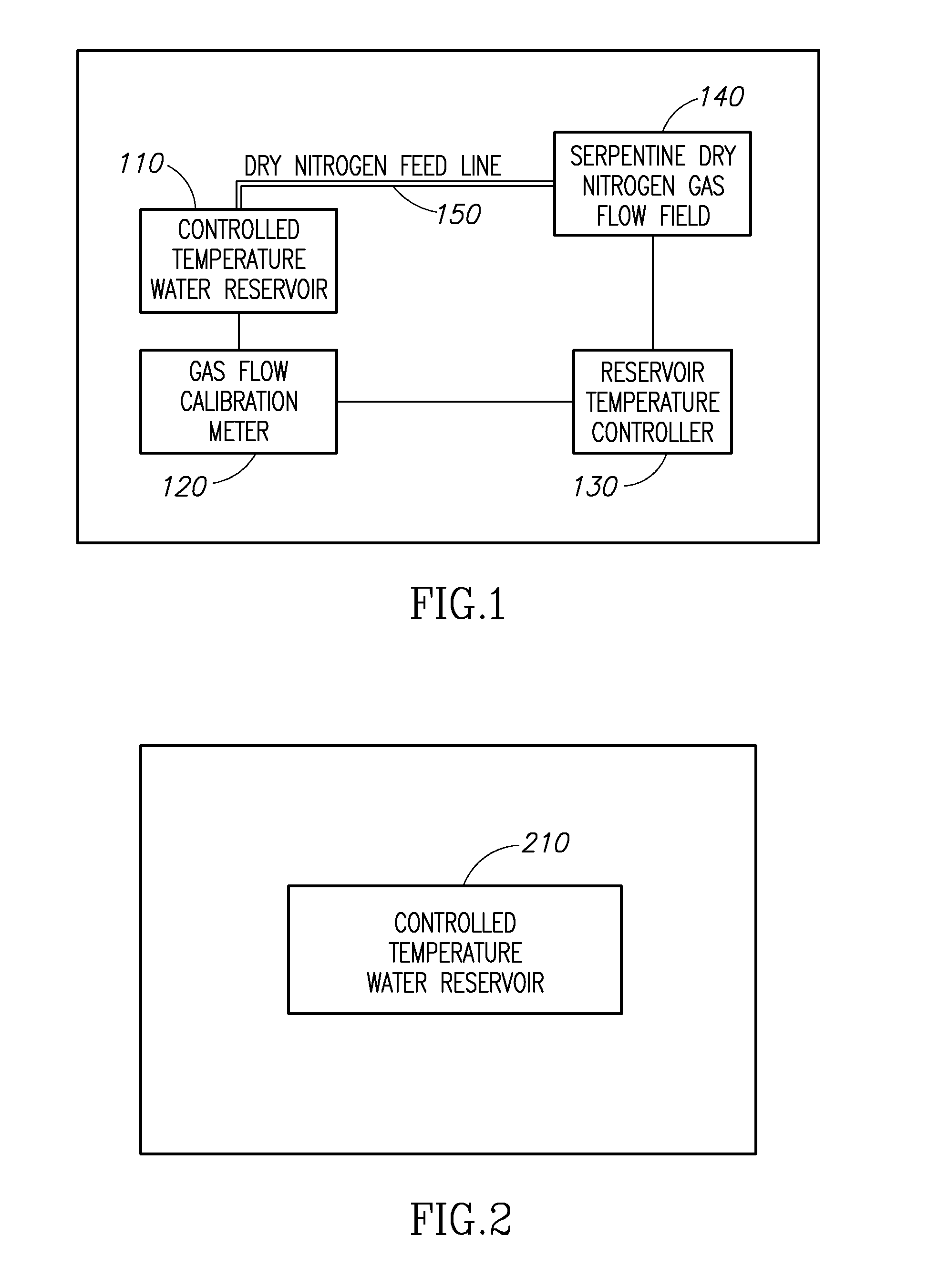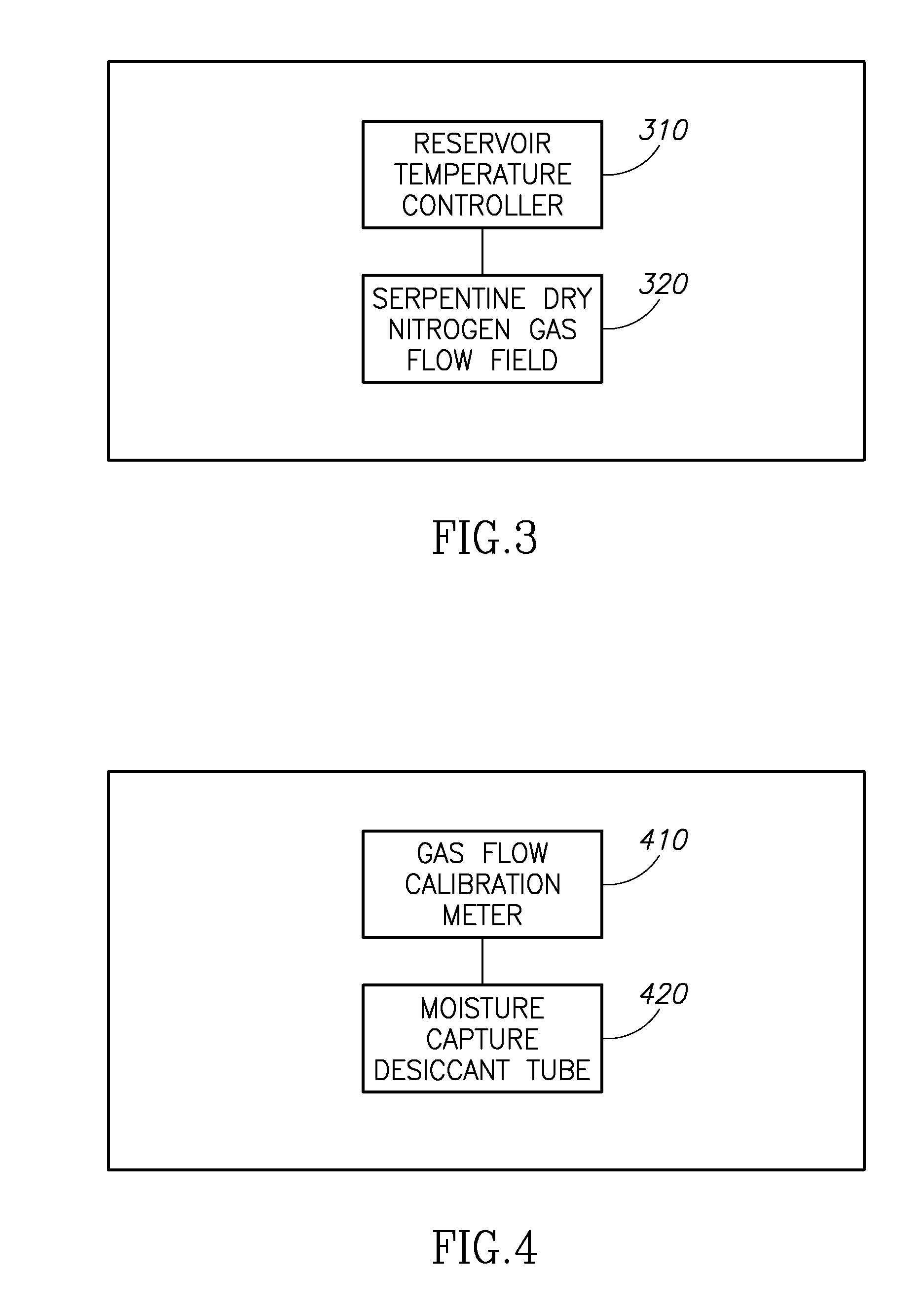Molecule sulfonation process
- Summary
- Abstract
- Description
- Claims
- Application Information
AI Technical Summary
Benefits of technology
Problems solved by technology
Method used
Image
Examples
example 1
[0137]Sulfonation of several styrene-alkene copolymers was conducted with the copolymers listed in Table I. Briefly, dioxane was added to an admixture of sulfur trioxide in dichloroethane. The solution contained a final ratio of approximately 0.5 moles dioxane per mole of sulfur trioxide. Moles of trioxide were calculated such that a particular mole percent of the aromatic moieties of the copolymers would be sulfonated by the sulfonation reaction.
[0138]The styrene-alkene copolymers were each admixed with dichloroethane to a concentration of approximately 2.5-5% solids (by weight) and the sulfur trioxide was added in the form of a coordination complex.
[0139]The reaction was maintained at temperatures between −10° C. to 10° C.
[0140]Prior to admixing to form the sulfur trioxide coordination complex, both the sulfur trioxide and dioxane were each cooled to a temperature of approximately −20° C. The atmosphere was not controlled for either the dissolution steps or the reaction steps. Thu...
example 2
[0143]In another exemplary embodiment, the styrene-alkene copolymers were each admixed with dichloroethane to a concentration of approximately 2.5-5% solids (by weight) was injected first in order to initiate high speed mixing.
[0144]The sulfur trioxide and dioxane dichloromethane solution (approximately 0.5 moles dioxane per mole of sulfur trioxide) was introduced at a feed rate that allowed the molar quantity of sulfur trioxide to produce a controlled level of sulfonation of the polymer without excess reagent. The mixing is typically carried out at −5° C. or lower.
[0145]Following the mixing step, the mixture is heated to bring the mixture temperature up to 15-20° C. in order to ensure the reaction has gone to completion. Next, the mixture is placed in a low speed precipitation tank where a solution non-solvent heptane was introduced. The non-solvent causes the sulfonated polymer to precipitate (typically as a granular or flake form) and the non-solvent and reaction solvent are filt...
example 3
[0146]In another particular exemplary embodiment, the styrene-alkene copolymers were each admixed with anhydrous dichloromethane / under nitrogen to a concentration of approximately 2.5-5% solids (by weight) and then was injected a high-speed mixer.
[0147]The sulfur trioxide and dioxane dichloromethane solution (approximately 0.5 moles dioxane per mole of sulfur trioxide) was introduced under nitrogen at a feed rate that allowed the molar quantity of sulfur trioxide to produce a controlled level of sulfonation of the polymer without excess reagent. The mixing is typically carried out at −5° C. or lower. The nitrogen atmosphere was not broken during the reaction.
[0148]Following resonance for approximately 2-5 minutes, the contents of the mixer were transferred into a low speed precipitation tank where a solution recovered heptane was introduced and the sulfonated polymer was precipitated (typically as a granular or flake form) and the non-solvent and reaction solvent are filtered and pu...
PUM
| Property | Measurement | Unit |
|---|---|---|
| Temperature | aaaaa | aaaaa |
| Temperature | aaaaa | aaaaa |
| Temperature | aaaaa | aaaaa |
Abstract
Description
Claims
Application Information
 Login to View More
Login to View More - R&D
- Intellectual Property
- Life Sciences
- Materials
- Tech Scout
- Unparalleled Data Quality
- Higher Quality Content
- 60% Fewer Hallucinations
Browse by: Latest US Patents, China's latest patents, Technical Efficacy Thesaurus, Application Domain, Technology Topic, Popular Technical Reports.
© 2025 PatSnap. All rights reserved.Legal|Privacy policy|Modern Slavery Act Transparency Statement|Sitemap|About US| Contact US: help@patsnap.com



